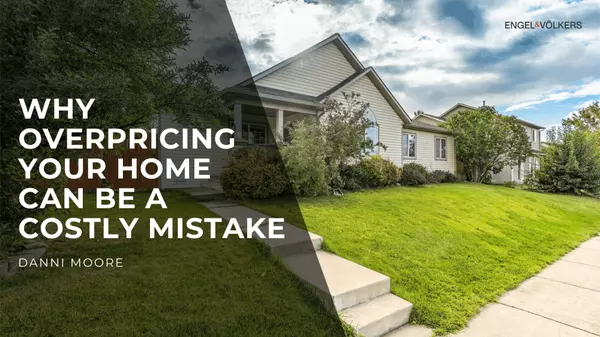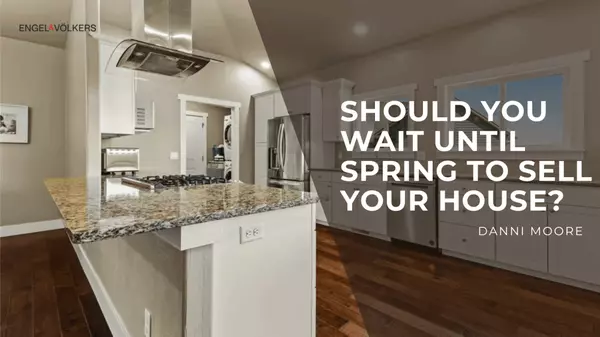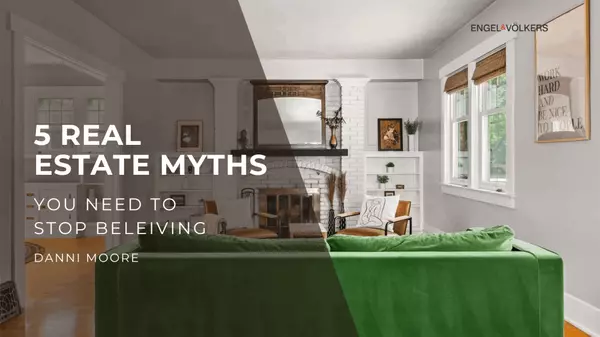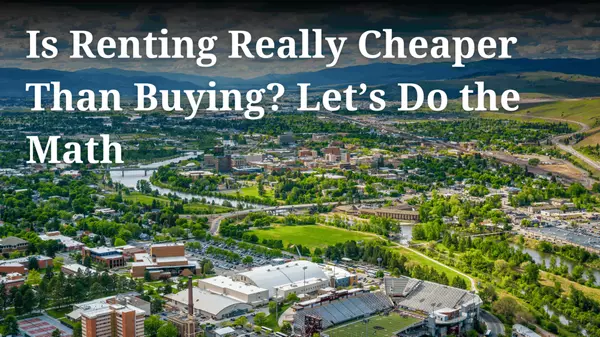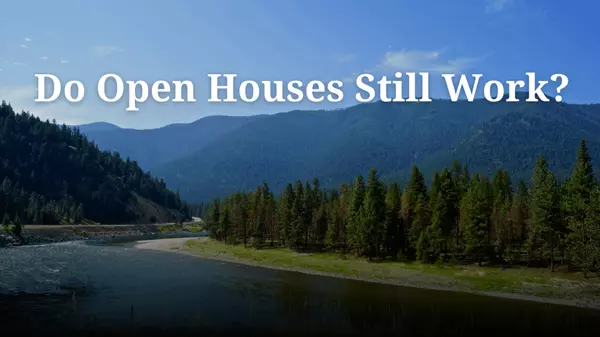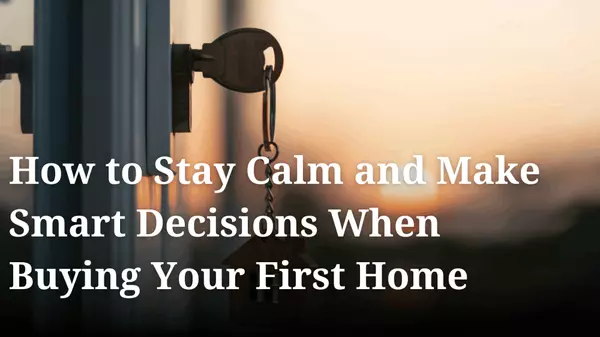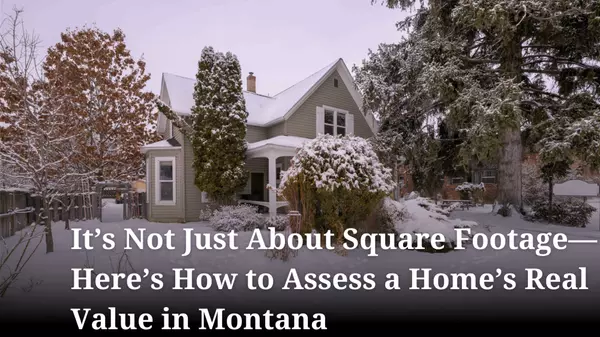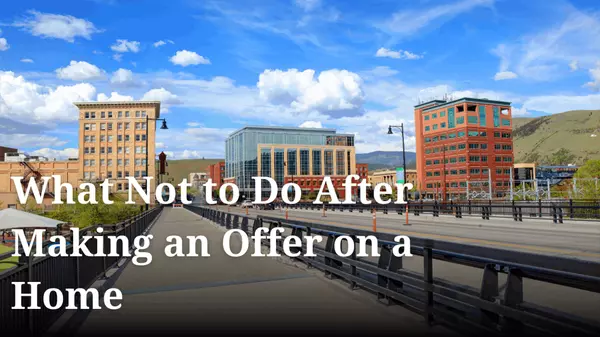Why Overpricing Your Home Could Be the Biggest Mistake You Make in Today’s Market
Let’s talk about one of the hardest conversations to have with sellers right now: pricing your home correctly.
There is no amount of marketing—no drone videos, no glossy brochures, no social media strategy—that’s going to save a home that’s overpriced. Period.
We’re in the middle of a big shift here in Western Montana. What was once a strong seller’s market is quickly leaning toward a buyer’s market. And that shift changes everything.
The Market Is Talking—Are You Listening?
Buyers are coming in with lower offers. Homes that used to sell at 103% of the asking price back in 2021–2022 are now selling closer to 95% of list price.
That might not sound like a big difference, but when you do the math, it adds up—fast.
This isn’t the same market we were in even six months ago. Data is changing month by month, not year over year. So when I’m pricing a home now, I still look at the last 12 months of comparables, but what really matters is the last six weeks of data. That’s where the truth is hiding.
The High, the Low, and the Reality
Here’s what I tell my sellers: when I give you a price range—the high and the low—you probably want to be somewhere in the middle or the low end, not the high.
Why? Because buyers today are cautious. Interest rates have climbed, inventory has grown, and buyers have more choices. They’re not rushing into bidding wars anymore. They’re running the numbers, talking to their agents, and making smart, data-driven offers.
And if your price is way off? They won’t even make an offer.
That’s right—buyers aren’t thinking, “Let’s just offer lower.” They’re thinking, “That house is overpriced. Let’s move on.”
Real Talk: The Rare Property Myth
I’ll give you an example. I listed a home recently (I’ll keep the details vague), and based on the data, I priced it around $899,000.
The seller wanted to list it at $1,000,000 “just to see what happens.” They figured it was a rare property, and someone—probably “a buyer from California”—would come along and pay top dollar.
Here’s the thing: buyers with money don’t throw it away. They hire representation. They have agents, attorneys, and advisors who run comps and understand value.
So, we listed at $1M anyway. Four months later?
-
Four showings.
-
Zero offers.
-
Missed the entire summer selling season.
Now we’ve reduced the price down to where I originally recommended, and it’s still sitting stale on the market. The listing has been re-photographed, re-marketed, hosted open houses, you name it—but we’re still showing the same property to the same group of buyers over and over again.
If the product (the home) doesn’t change and the price doesn’t change, there’s nothing new to attract a buyer.
The “We’ll Just Lower It Later” Trap
This is one of the biggest mistakes I see sellers make.
You think: “Let’s start high. We can always come down.”
But in reality, by the time you bring it down, the market may have shifted again—and downward. So you’re always chasing where the market was, not where it is.
Every week your home sits on the market, it loses leverage. Buyers start to wonder, “What’s wrong with it?”
Price reductions are common right now—probably 95% of homes end up with at least two. But those reductions don’t sting as much when you start in the right range.
The Bottom Line
If you’re selling in this market, price is everything.
Don’t rely on what your neighbor’s house sold for last year. Don’t bank on the “rare property” theory. And please—don’t assume that a buyer will just make an offer that’s lower than your list price. If it’s too far out of range, they won’t offer at all.
You can always say no to a buyer. But if you’re too high from the start, that buyer never even walks through your door.
Price it right. Sell it smart. Don’t chase the market down.
Recent Posts
